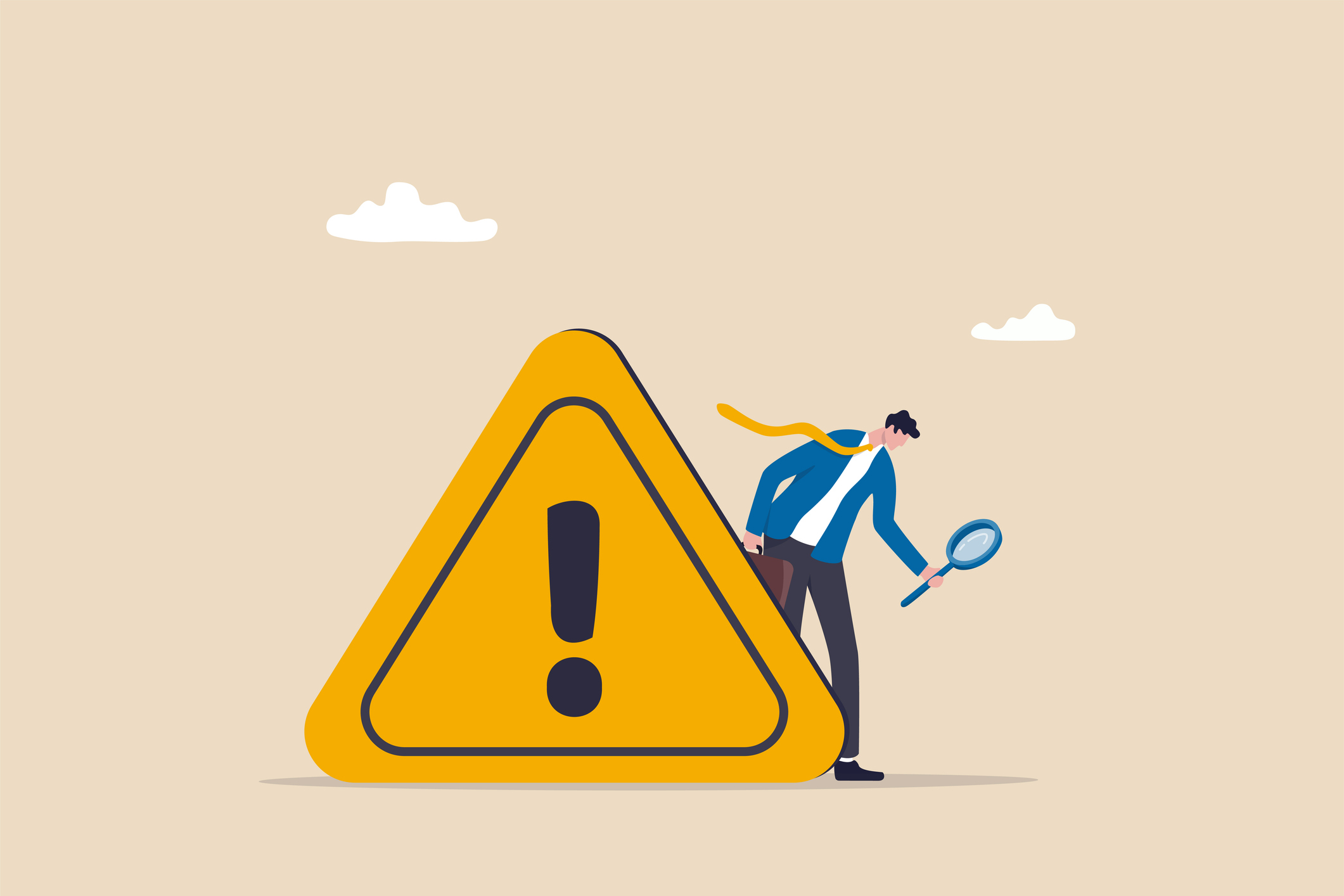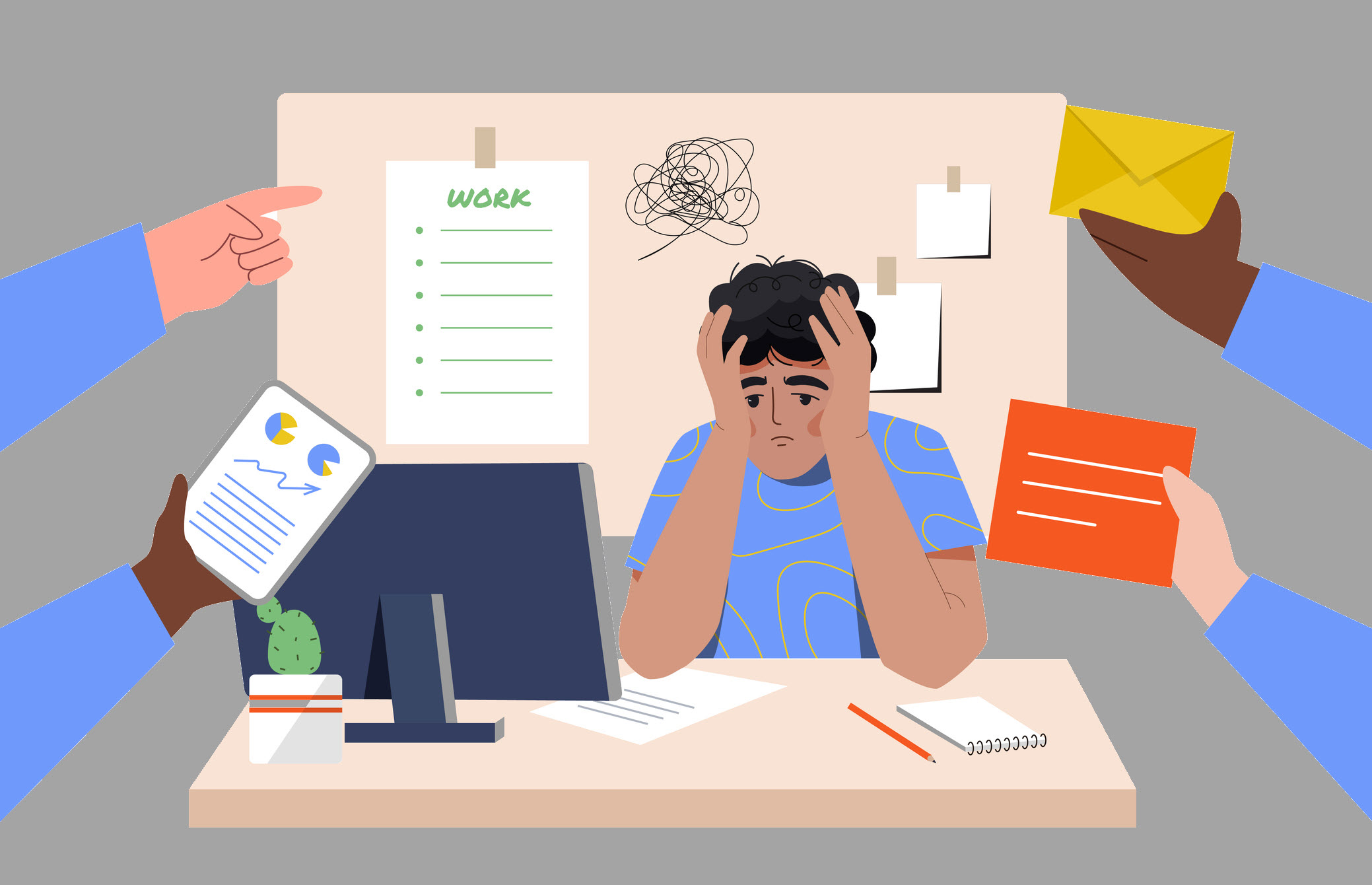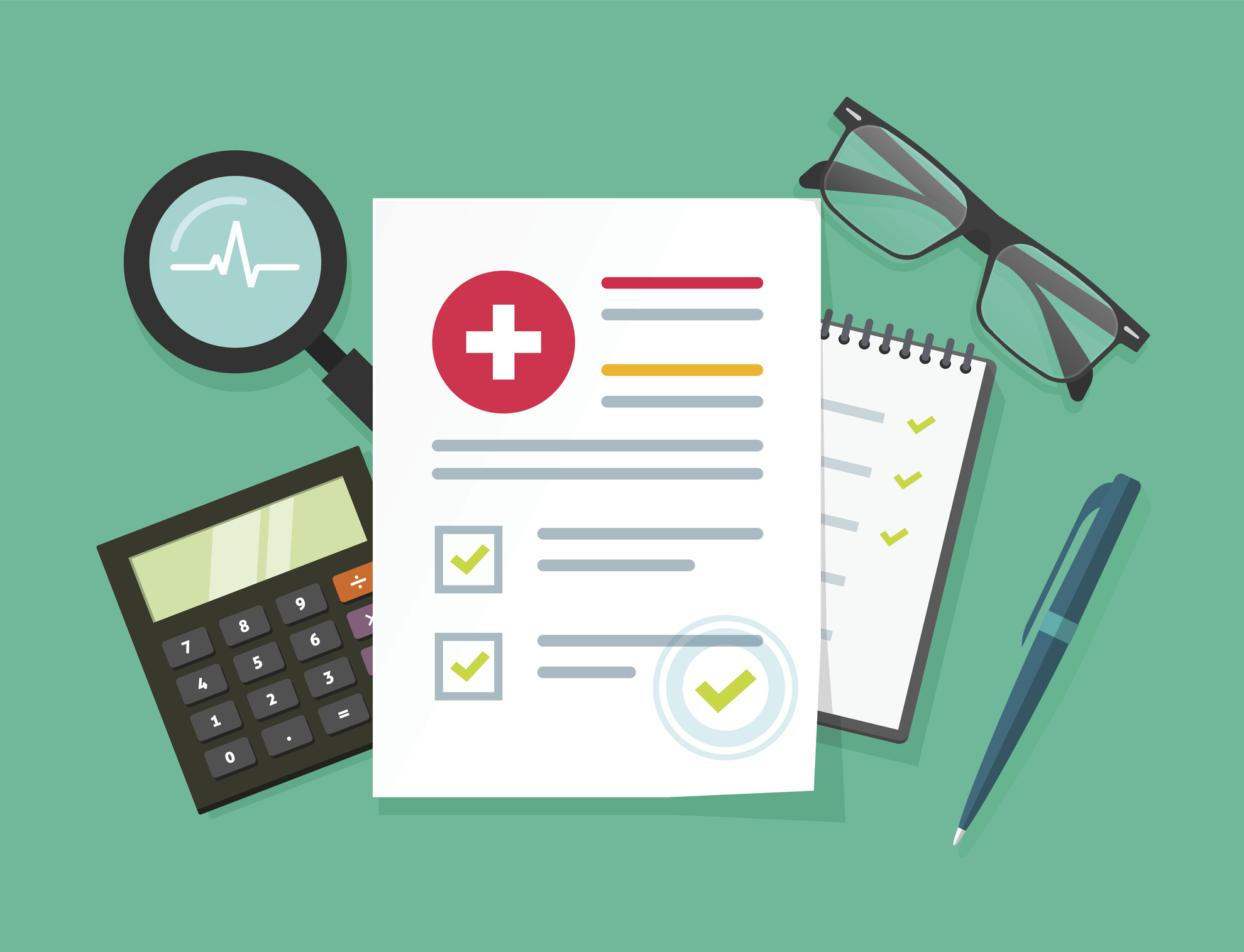3 Tips for Managing 2025’s Most-Pressing General Liability Trend
Increasing frequency and severity of claims in the general liability market are leading to higher premiums amid ongoing legal system abuse. We review strategies for curbing the impact of this trend in the year ahead.
January 14, 2025

Despite industry lobbying efforts and state-specific regulations, legal system abuse continues, leaving a trail of consequences. Whether it amounts to a “litigation or tort tax” passed down to consumers and businesses or rising premiums to offset record-setting jury awards, there is seemingly no end in sight.
“More frequent lawsuits, higher jury verdicts and costlier settlements signal risk profile changes, and carriers may adjust accordingly, including possibly limiting the coverages provided under an insurance policy,” said Todd McMillan, Corporate Senior Vice President, Liability Claims at Safety National. “Beyond higher insurance premiums, embedded in the costs of goods and services is a ‘tort tax’ attributable, in part, to increased liability claim costs due to attorney advertising and legal system abuses.”
Here, McMillan discusses ways to mitigate the effects of legal system abuse.
1. Adhere strictly to safety standards, “floor sweeps,” security, and the preservation of video evidence.
Preventing costly general liability claims starts with effective risk control strategies, including standard housekeeping practices, routine hazard inspections, and proper maintenance. Simple but effective technologies like security cameras can deter fraud and provide factual answers surrounding the circumstances of an incident. Video footage can enable risk managers to decide whether to pursue defense or out-of-court settlement. While having cameras is key, ensuring immediate and methodical response and corresponding incident investigation is critical for closing the loop and preventing litigation. Investigative steps should contemplate some of the following: saving any video footage that captured the incident, collecting supportive documents such as maintenance or housekeeping logs, and writing down any firsthand accounts by witnesses using open-ended interview techniques immediately following an incident.
2. Act urgently and collaborate with insureds, defense counsel, brokers, and carriers.
An insurer should be notified of a claim immediately, and early involvement with the broker can help manage policy issues and answer coverage questions. Once coverage is clarified, exclusions or limits that could impact the claim can be determined. After coverage has been established, involve the defense counsel, providing them with relevant documents, like incident reports, contracts, and policies, so they may begin formulating a strategy. Defense counsel should be aligned with carriers to manage costs, mitigate risks, and stay ahead of deadlines. Additionally, all stakeholders should be involved in regular status meetings to help maintain a consistent approach and keep everyone abreast of key milestones.
3. Consider early and reasonable resolution.
Throughout the claims process, organizations should consider the ongoing and accumulating exposure and their chance of prevailing. In many instances, early resolution strategies may be the best option especially on matters with an unfavorable liability assessment. Settling general liability claims starts with the right team, where all parties have an opportunity to weigh the merits of early settlement versus prolonged litigation. Conferring with and having regular communication with all stakeholders can help understand the value and obstacles to settlement and develop a clear plan of action to move forward in trying to resolve the matter or preparing for trial.

























